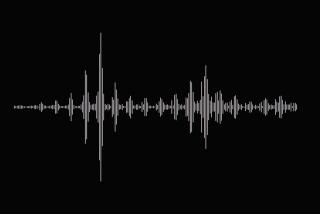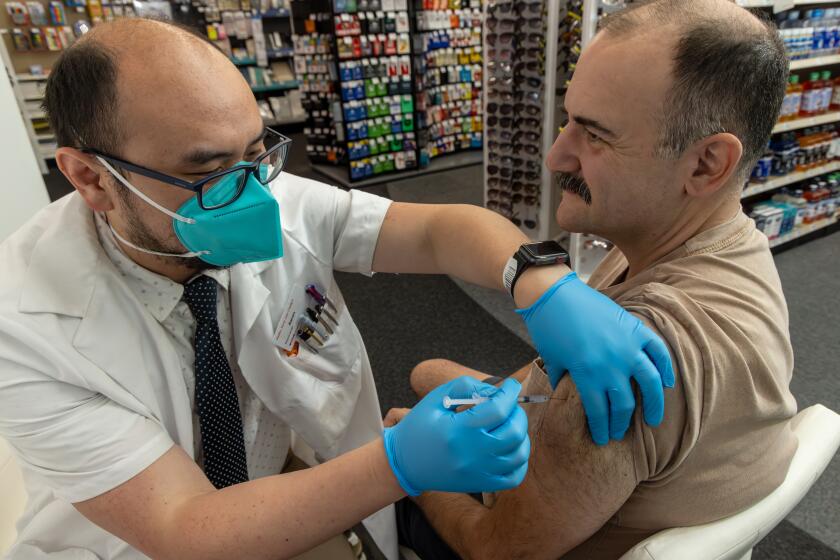CPR for 96 minutes -- let’s hear it for life-saving bystanders in Goodhue, Minn.!
- Share via
Ninety-six minutes of CPR. It’s hard to comprehend, both for those who know cardiopulmonary resuscitation and those who don’t. And yet, it saved Howard Snitzer’s life.
The Goodhue, Minn., resident had gone to buy groceries when he collapsed from a massive heart attack. And that’s when townspeople went into action. Of course, someone called 911. But more than 20 people, according to media reports, lined up and gave him CPR.
ABC News picks up the story here:
“When the paramedics arrived via helicopter, they witnessed an astonishing scene. Mary Svoboda, a Mayo Clinic flight nurse who flew in on the emergency helicopter, said “it was unbelievable. There were probably 20 in line, waiting their turn to do CPR. They just kept cycling through.” Emergency responders continued with electric shocks and drugs until Snitzer’s heart started beating regularly.
Hard though it is to believe, the do-it-themselves emergency rescue effort worked. The goal is to keep oxygen moving to the brain. And giving chest compressions for that long can be exhausting. But CPR provided immediately can double or triple a person’s chance of survival, the American Heart Assn. says.
So if you don’t know how to do this, it’s high time you learned. Here are the basics, courtesy of the Mayo Clinic:
“In 2010, the American Heart Association changed its long-held acronym of ABC to CAB — circulation, airway, breathing — to help people remember the order to perform the steps of CPR. This change emphasizes the importance of chest compressions to help keep blood flowing through the heart and to the brain.”
And here’s more on those chest compressions:
“--Put the person on his or her back on a firm surface.
--Kneel next to the person’s neck and shoulders.
--Place the heel of one hand over the center of the person’s chest, between the nipples. Place your other hand on top of the first hand.
--Keep your elbows straight and position your shoulders directly above your hands.
--Use your upper body weight (not just your arms) as you push straight down on (compress) the chest at least 2 inches (approximately 5 centimeters). Push hard at a rate of about 100 compressions a minute.--If you haven’t been trained in CPR, continue chest compressions until there are signs of movement or until emergency medical personnel take over. If you have been trained in CPR, go on to checking the airway and rescue breathing.”
For more details, and training, take a class from the American Red Cross or other organizations.
And if you think you already know the drill, it might be time for a refresher. Check out changes to the procedure in this Los Angeles Times story.







